This month’s theme – big projects – is by and large about a big word – infrastructure. This word is rallying communities throughout the nation to fight a big fight – to repair, replace, rebuild or start anew with projects that keep our cities, state and country running.
The American Society of Civil Engineers gave the nation’s infrastructure a D+ in its recent report card on America’s infrastructure. What does this near failing grade mean? Well, think of it in terms of a city being your body. Without the heart, lungs, brains, skeleton, circulation system, we’re can’t walk, breathe, live and enjoy life. The same is true for infrastructure. Without working roads, sidewalks, transit systems, airports, and water, energy and safety facilitates our cities can’t work and our ability to have a functioning economy and an enjoyable life is stunted. Crumbling infrastructure is a national epidemic, but one city is finding a way to stop the spread and tackle a more than $1 billion backlog of infrastructure needs.
In San Diego, California a newly created committee is dedicated solely to the city’s infrastructure system. Headed up by Councilmember Mark Kersey as its chair, the City of San Diego’s Committee on Infrastructure oversees the City’s Capital Improvements Program (CIP) to meet its infrastructure needs. The Committee works to prioritize CIP projects, review and recommend, if necessary, revisions to City Council policies related to the CIP, and is developing a five-year CIP for the city, that was previously non-existent.
As we continue our focus on BIG projects this month we wanted to learn more about the big word every city is talking about and the Committee in our home town that is committed to keeping it healthy. We talked to Councilmember Mark Kersey to learn more about the Committee on Infrastructure’s plans, their progress and how it can serve as a model for other communities across the country.
– – –
This is a new committee, formed less than a year ago. How did it come into being and why?
In my inauguration speech, I spoke about how San Diego’s crumbling infrastructure was this city’s next big crisis. Our civic leaders helped get us through the financial crisis but unfortunately our streets, sidewalks and buildings were ignored during the process. Part of the problem was the fact that no single Council Committee had jurisdiction of infrastructure issues. Bits and pieces were addressed in various committees but no one had the laser focus that was needed. Then Council President Todd Gloria, who had begun addressing infrastructure issues as Budget Committee Chair, had a vision for a committee solely focused on infrastructure and in December of 2012, the committee was created and I was appointed as the chair.
What were your top three goals for the committee for its first year?
At the beginning of the year we created an 18 month work plan to start addressing our infrastructure needs. Over the last 10 months we stayed on track getting the following goals done. First, the plan specifies the need to assess the current condition of the City’s assets. In this year’s budget we successfully secured $11 million in funding to figure out what needs to be fixed, including the first assessment of the City’s 5,000 miles of sidewalks. Second, I authored and the Council approved a policy to make permanent, the public’s input on how we plan for and prioritize infrastructure projects. We’ve been working with the community planning groups and holding public meetings out in the neighborhoods to figure out what residents really care about. Third, we’re creating the city’s first five-year infrastructure plan. We will have the draft of that in outline form at our committee meeting in November and hope to have the plan completed by summer 2014.
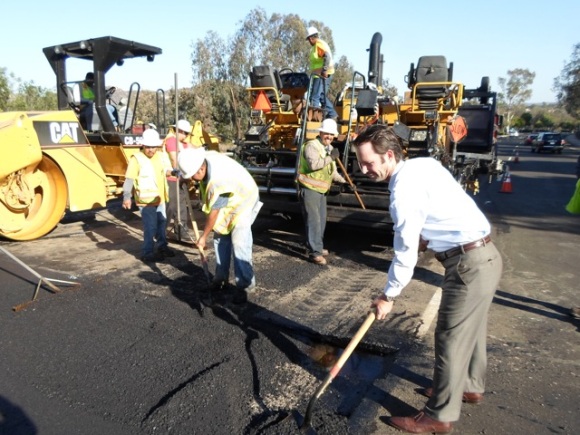
Councilmember Mark Kersey helps re-pave a street in the San Diego Community of Ranco Bernardo.
(Credit: The City of San Diego)
Infrastructure is about much more than streets and sidewalks. It also involves water and sewer systems, parks, libraries, fire stations and more. How do you begin the process of prioritizing what should be addressed first, second, etc.?
My committee has just recently updated the City’s prioritization policy, which takes data from condition assessments and input from neighborhoods to rank projects based on factors such as public safety, regulatory requirements, and economic development impact. We’ve already begun soliciting input from the community directly about the types of projects they want to see addressed first. Combined with input from our Community Planners Group, we expect our five-year plan will outline the prioritization of projects. We’re also overhauling the way we prioritize projects with a series of criteria that ensure that needed projects rise to the top. We hope this will mean that prioritization will no longer be subject to political whims.
We’ve all heard the saying “Rome wasn’t built in a day.” That seems especially true for infrastructure. People often get frustrated at the length of time required to take an idea from conception to construction. Why does it take so long and what do you say to community members who get impatient with the process?
Our infrastructure backlog is well more than $1 billion, meaning it took a long time for us to get into the situation we are in currently. We have already passed a number of streamlining measures that will help cut time off the length of future projects. We’ve also adopted the City’s first asset management policy that guides how we maintain and extend the life of the assets we do build. The measures that the Council passed are estimated to cut 3 to 12 months off the time it takes for a project to get done. Our five-year plan will also outline a consistent funding plan of both one-time funds and ongoing funds which will help our projects stand on more secure footing as they go through the process from concept to construction as well as throughout their useful life.
San Diego has one of the nation’s largest and most complex infrastructure systems. What do you see as the public’s role in addressing ways to repair and enhance the city’s infrastructure?
Aside from attending the neighborhood infrastructure input meetings, I would say the next best way the public can do is report issues they see to our city hotlines, email addresses or to their councilmember. Because assessments still need to be done, we don’t have a scope of the condition of all of our assets. But, if the public lets us know about a pothole, an issue in a City building that they see or broken sidewalk, it helps assess the problem and hopefully fix it faster.
What are the biggest challenges to improving the city’s infrastructure?
The biggest challenge to date has been the lack of consistent funding. Right now, only six cents of every dollar in the general fund goes toward infrastructure. That’s not enough. We just announced a bond for more than $100 million that will be a funding surge to help reverse some of the accelerated deterioration of our streets, sidewalks, fire stations, storm drains, parks and libraries. I believe we also need to dedicate more general fund dollars, seek more federal funding like Community Development Block Grants, and dedicate at least 50 percent of any budget surplus to infrastructure projects until we can really reverse the tide.
What are you most proud of in terms of the committee’s achievements so far?
Securing the funds for assessments was a key achievement that will help us to evaluate the true scope of our problems. I had to fight to get these assessments included in the budget because the previous administration wasn’t on board. Without a accurate picture of the problem, we will have trouble figuring out where to dedicate the limited funding available.
Our blog is read by people throughout the U.S. Is a committee such as this one replicable in other cities? What would be the lessons learned about organizing, prioritizing and engaging citizens that you would share with leaders from other cities who would like to use your committee as a model for their own?
Absolutely. San Diego has been behind the curve, but the lack of infrastructure investment is a national problem. I think San Diego can leap frog the others and become a leader in this space. Until the committee was created, there was no single group looking at all of the issues related to infrastructure. As a result, there was no cohesive plan to address all of the issues in a strategic and comprehensive manner. While our committee is relatively young, we’ve already learned that this matters to every constituent. They can really relate and want to see government doing something about the problems they face every day. It can bring people together with a common purpose – to Rebuild San Diego.
– – –
Thank you Councilmember Kersey. We look forward to following the Committee on Infrastructure’s progress and hope to see other communities implementing a similar committee to improve their infrastructure.
Liz Faris, Account Manager
Collaborative Services, Inc.

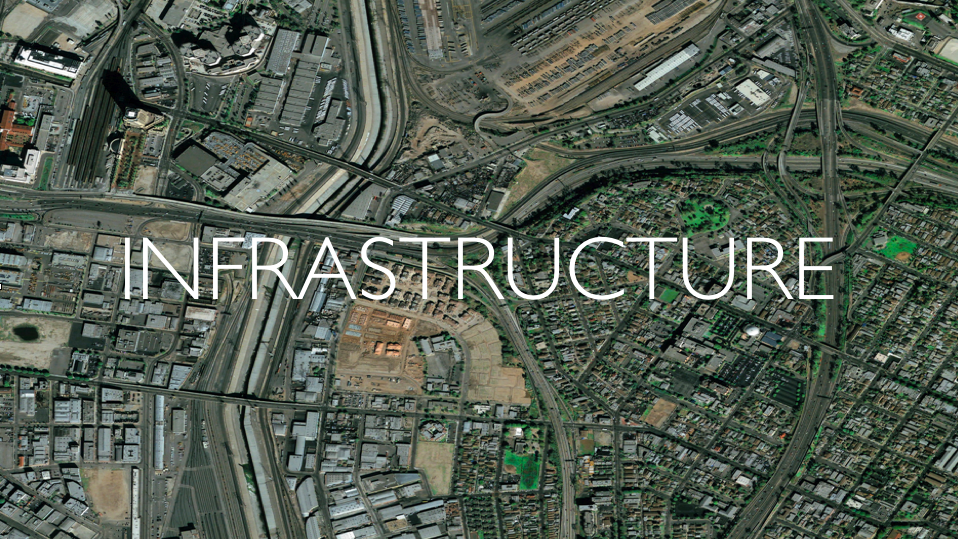
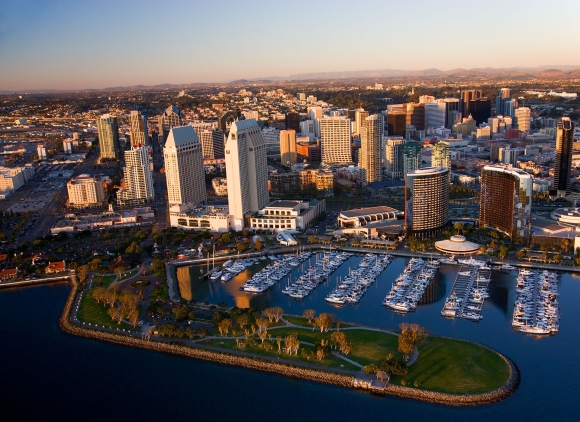
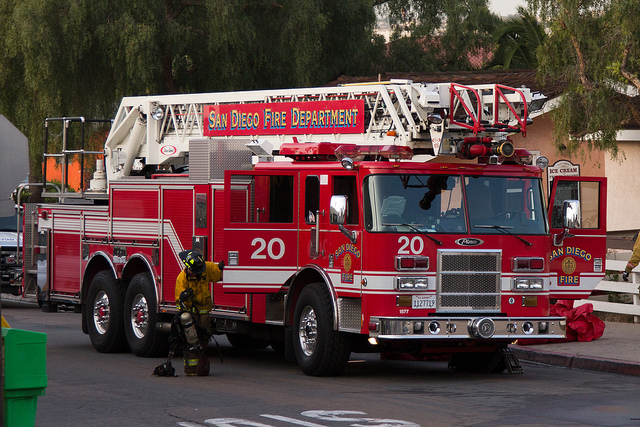
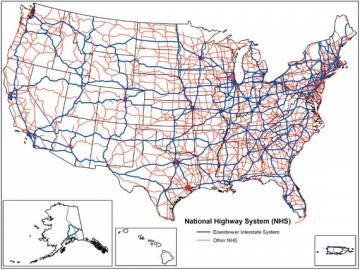
Recent Comments